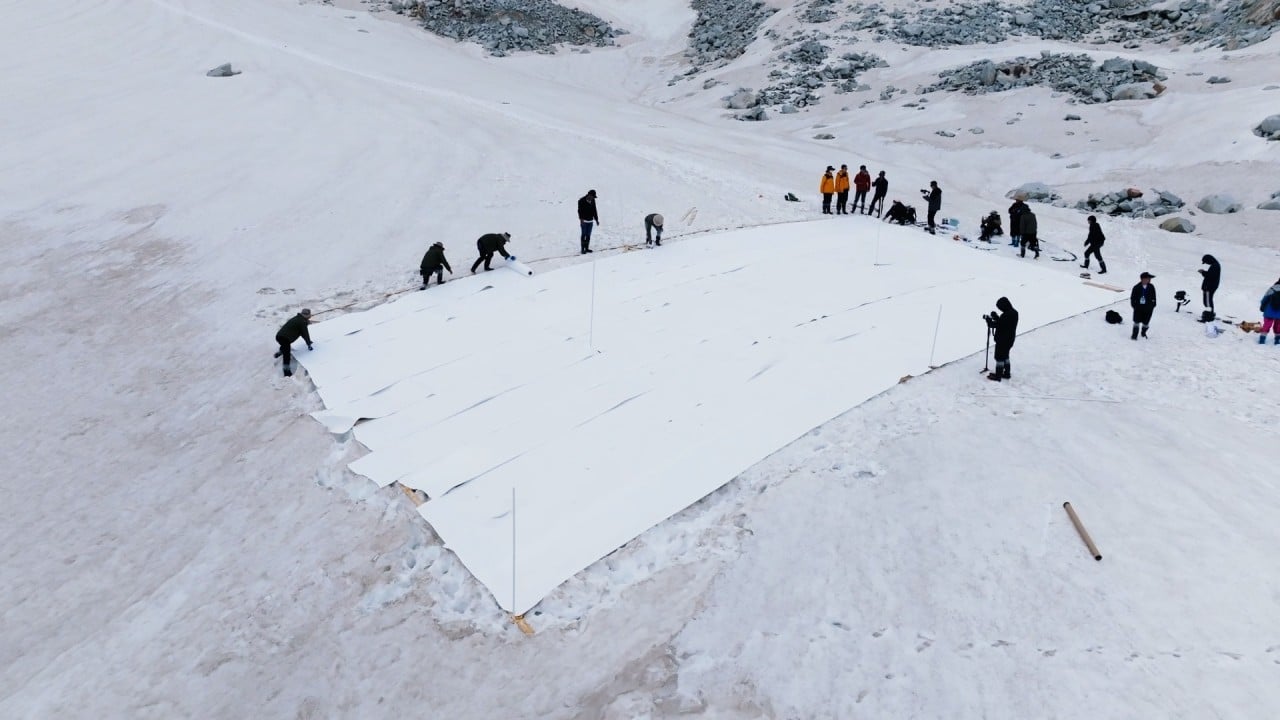Scientists have warned that the Tibetan Plateau is becoming warmer and wetter, raising the risk of extreme weather events.
The plateau is sometimes described as the “Asian water tower”, because it is the source of many of the continent’s major rivers including the Indus, Ganges, Mekong, Yangtze and Yellow River.
The researchers, led by the Chinese Academy of Sciences’ Institute of Tibetan Plateau Research, presented a summary of their findings from ongoing work on Sunday.
The plateau will enter a super warm and humid phase that will see more than half the glacier mass melting in some areas and lake water levels rising by more than 10 metres (33 feet) by the end of the century, according to the researchers.
They said global warming meant that the amount of grassland and forest had increased by 6 and 12 per recent respectively over the last 15 years – but warned that these changes also carried an increased risk of extreme weather events.
Although the increase in vegetation will help prevent desertification, in the long run it will cause a shift in monsoon circulation, resulting in more heavy rainfall during the summer.
These changes “could lead to significant shifts in the Asian monsoon circulation, potentially increasing the frequency of extreme weather events in China”, Yao Tandong, the leader of the research team, warned.
In a paper published in Nature in 2022, Yao warned that the rise in water levels was primarily occurring in the northern inland areas, but southern outflow regions – including the Indus and Ganges river basins, which are vital for agriculture in India and Pakistan – were experiencing a decline.
The researchers said these changes meant that more effective water resource management would be needed in downstream countries in future.
The China Meteorological Administration has previously warned that the total glacier area on the plateau may fall by 40 per cent by 2050, increasing the risk of severe storms and floods in downstream areas.
The researchers have also mapped the distribution of active faults that could trigger major earthquakes along critical transport corridors and developed a disaster risk assessment system to support the construction of major infrastructure projects in the region.
The team has also discovered more than 3,000 new species and evidence that suggests the earliest human activity on the Tibetan Plateau may date back over 190,000 years, according to state news agency Xinhua.




